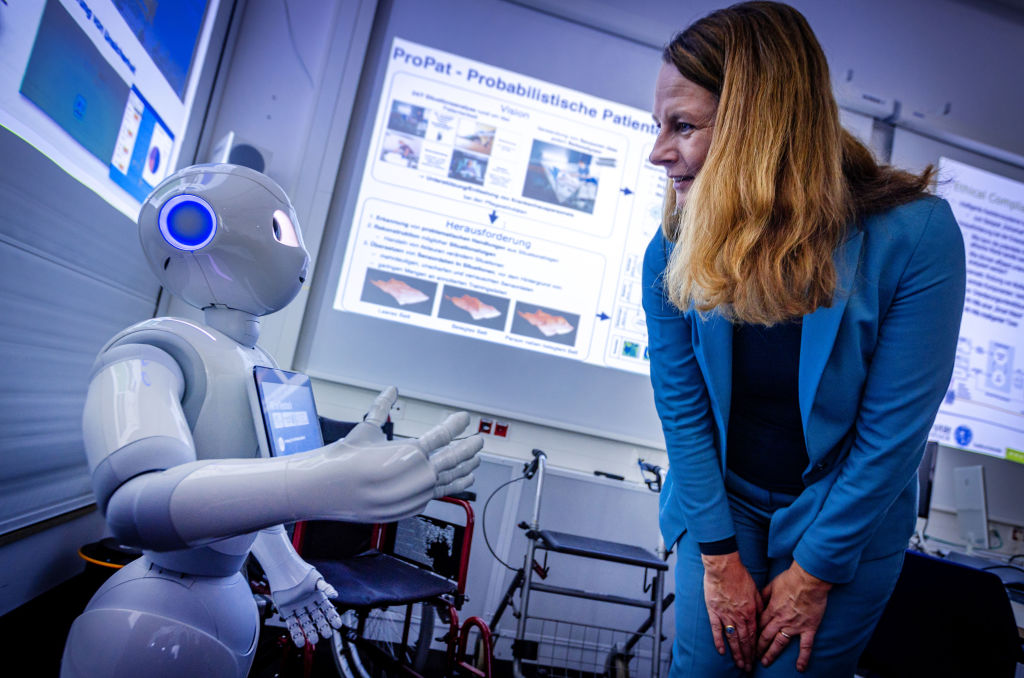New York Hospital Performs First Fully Robotic Double-Lung Transplant

The Facts
The world's first fully robotic double lung transplant was performed on Oct. 22 at the NYU Langone Health Center in Manhattan. The recipient was Cheryl Mehrkar, a 57-year-old New York resident, who has since been released from hospital.
The procedure on Mehrkar, a scuba divemaster and motorcyclist whose chronic obstructive pulmonary disease worsened during the COVID-19 pandemic, marks a breakthrough in robotic surgery and minimally invasive transplants.
The Spin
Narrative A
Robotic surgery marks a revolutionary leap in organ transplantation, delivering unmatched precision and reducing complications for donors and recipients alike. This innovation is reshaping medical possibilities, ensuring safer procedures and better outcomes. While challenges like cost and accessibility remain, the global shift toward robotic methods highlights a profound transformation, promising a future where technology empowers surgeons to save lives with extraordinary efficiency.
Narrative B
While robotic surgery promises precision and innovation, it carries significant risks that demand caution. Mechanical failures, like malfunctioning robotic arms, can complicate procedures, while extended surgery times increase patient vulnerability. Unique hazards, such as unintended burns from electrical arcing, add to the mix. Surgeon experience and robust training are critical to safety, yet these remain inconsistent. Robotic surgery requires a delicate balance of optimism and vigilance.



